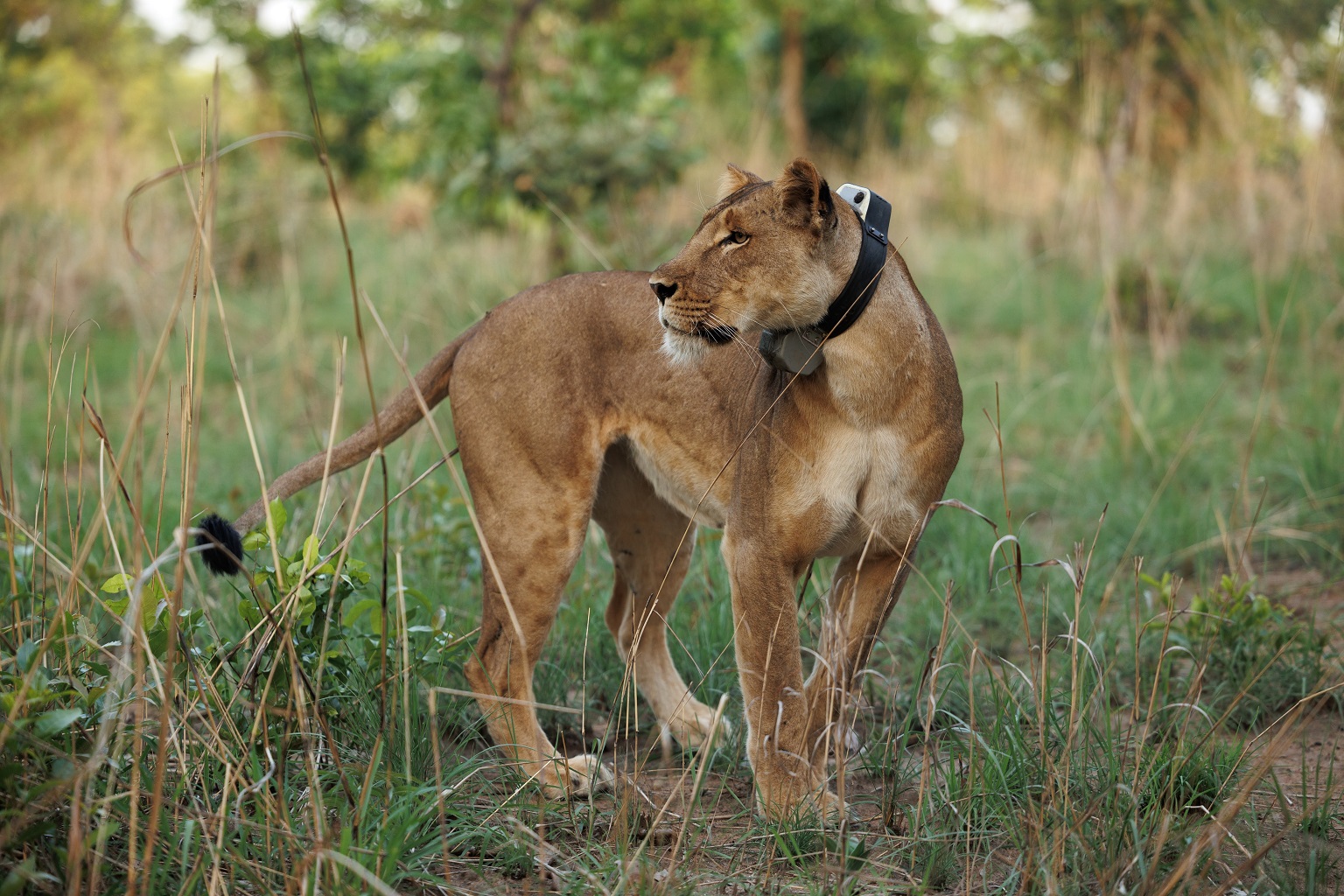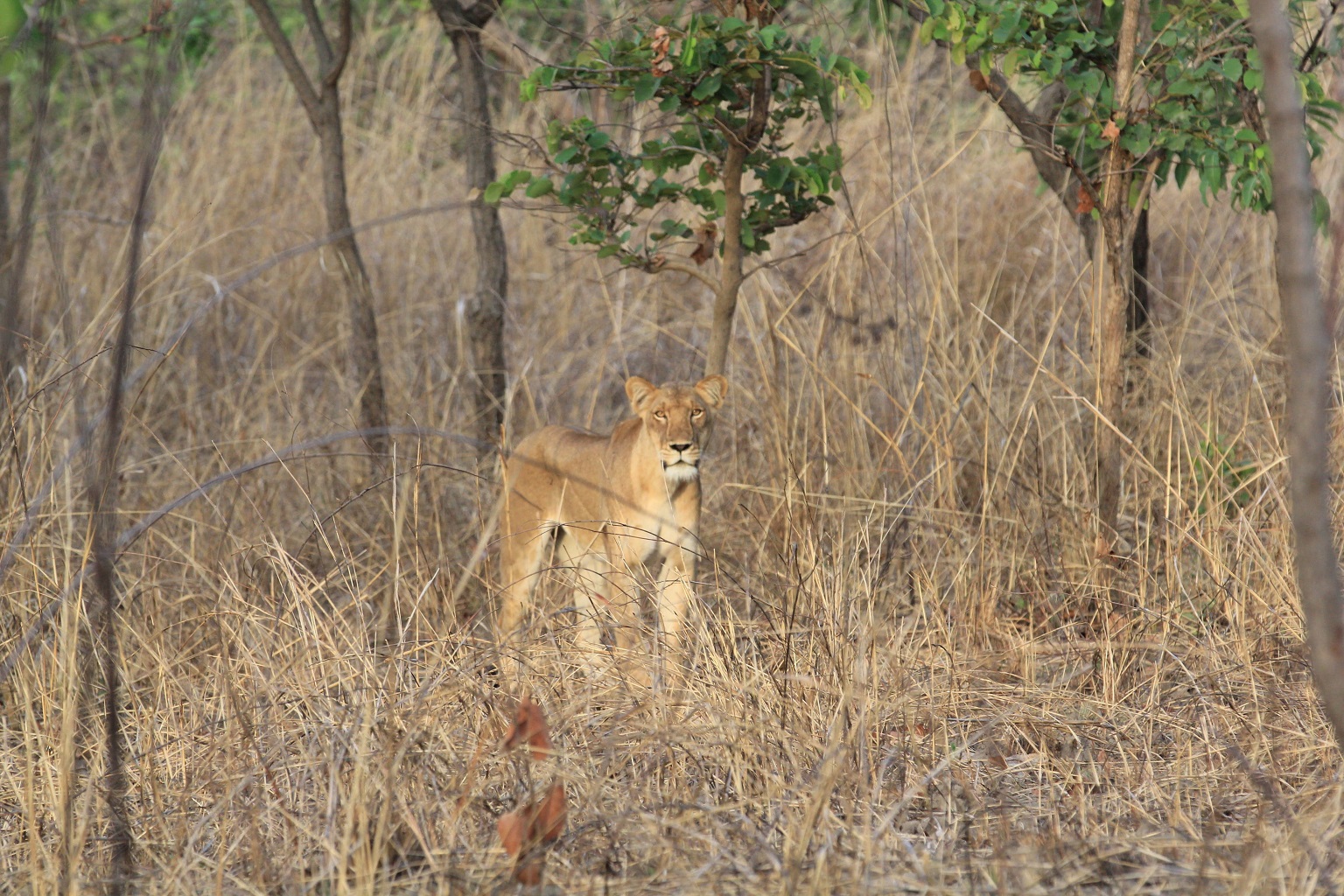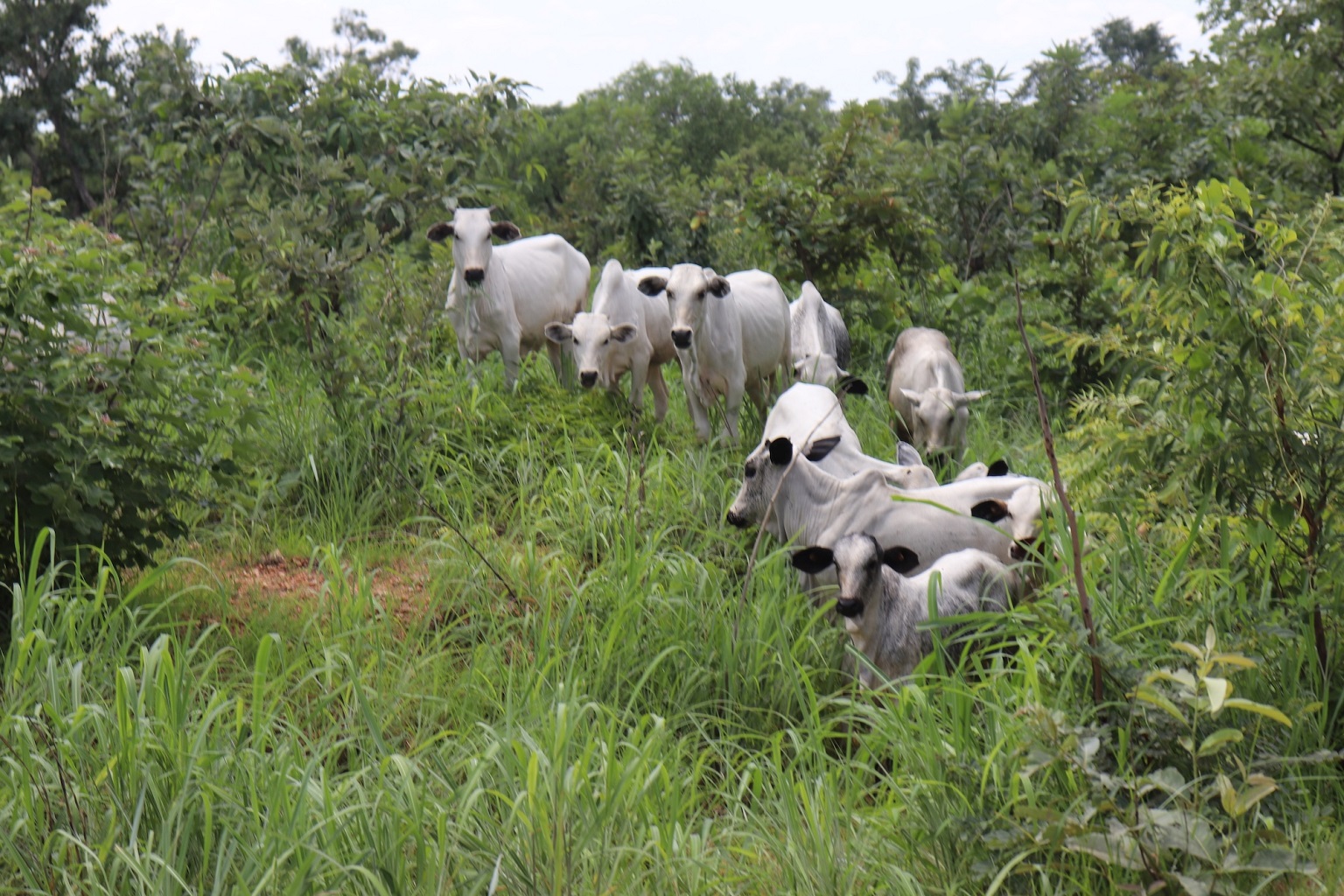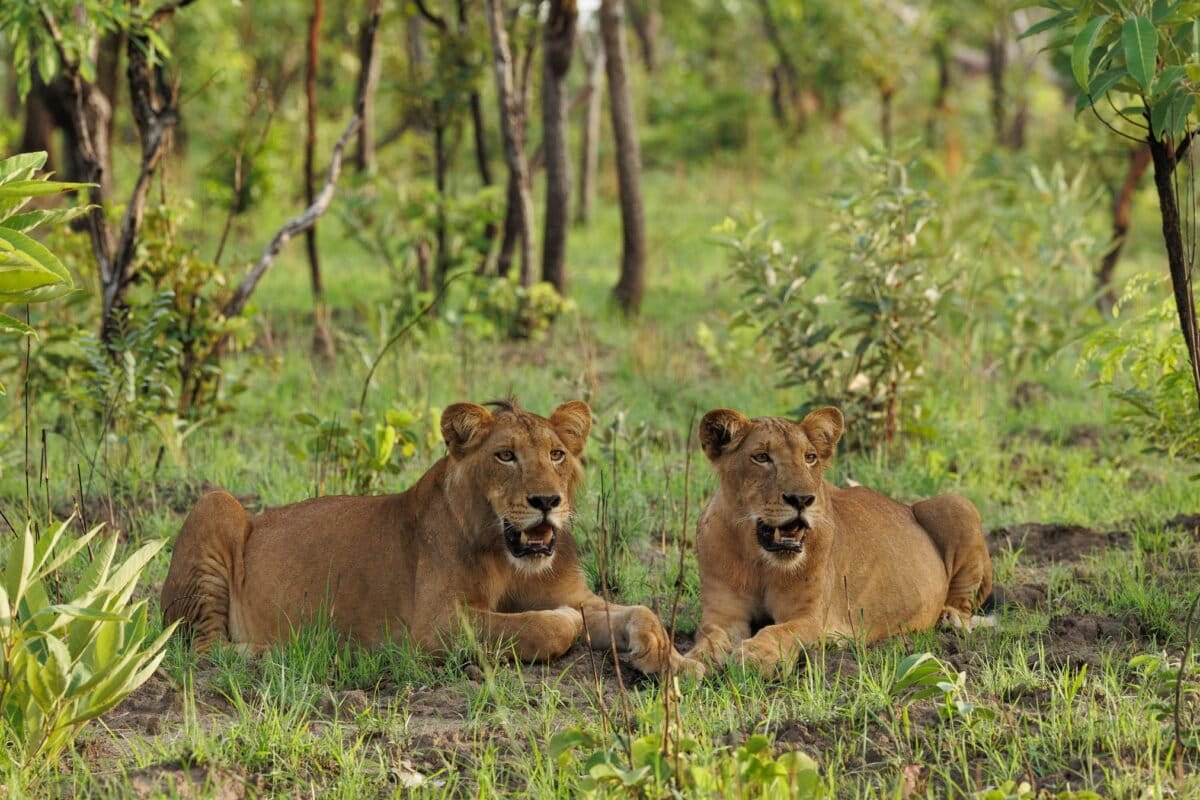GPS tracking of 10 collared lions in Bouba Ndjida National Park has confirmed multiple lionesses with cubs, indicating successful reproduction of Cameroon’s highly threatened northern lion subspecies.Conservationists warn many cubs may not reach adulthood because dispersing young lions are exposed to snares, retaliatory killings, and other human pressures along the park’s edges.With only about 60-80 lions in Bouba Ndjida and fewer than 1,000 northern lions left in Central Africa, the park is seen as crucial to the subspecies’ survival and recovery.Uncontrolled livestock grazing, poaching, insecurity, and weak connectivity with neighboring parks hamper conservation; experts call for larger safe areas, community involvement, and coordinated management to ensure long-term survival.
See All Key Ideas
Real-time monitoring has captured images of lionesses with cubs in Cameroon’s Bouba Ndjida National Park, but conservationists warn human pressure makes it unlikely all the cubs will reach adulthood.
There are now an estimated 60-80 lions in the 220,000-hectare (544,000-acre) park in the country’s far north.
“All collared lionesses have had cubs, signaling successful reproduction,” Matthieu Finiels, deputy director of the northern Cameroon landscape for the Wildlife Conservation Society (WCS), told Mongabay.
In August 2024, Cameroonian biologists and rangers from WCS and the Ministry of Forestry and Wildlife (MINFOF) fitted seven lions in the park with GPS collars. A year earlier, in 2023, local conservation NGO BEDD had also collared three lions, bringing the total to 10.
The collars ping the lions’ locations four times a day via satellite, enabling conservationists to monitor the big cats’ movements.
“We can proactively prioritize those areas for patrols, ensuring protection from poachers,” Paul Bour, WCS’s landscape director said in a press release after the collaring. Bour helps the Cameroonian government plan and prepare antipoaching patrols.
Despite the birth of cubs, there are still concerns about their survival. Paul Funston, director of the NGO African Lion Conservation, who assisted in the collaring, warned of the likelihood that not all the cubs would survive to adulthood.
 Now known as Miss Bouba for her striking beauty, she is the fifth lion collared in Bouba Ndjida National Park. Image by Daniel Djekda/WCS.
Now known as Miss Bouba for her striking beauty, she is the fifth lion collared in Bouba Ndjida National Park. Image by Daniel Djekda/WCS.
“It is difficult for lionesses to raise cubs,” he told Mongabay. “When the young lions leave the mother and start to move around looking for their own territories, they are exposed to high human pressures and intense impacts around the [park’s] boundaries, with risks such as snares and killings.”
WCS conservation experts are now recording the survival rates of the new cubs.
“Data also highlights ongoing population dynamics that are vital for understanding lions’ prospects, with young males dispersing long distances across the landscape, making use of larger regions outside the national park,” Finiels said.
It’s this exploration that often puts young male lions into conflict with humans, resulting in them being caught in snares or shot, sometimes by poachers, Funston said.
However, “the core lions — those that remain within the park and have established territories — are staying within their designated areas and displaying signs of intraspecific fighting, indicative of territorial behavior,” Finiels said.
The search for the safest place and the largest amount of prey available explains the fights and wounds experienced by lions living in the center of the park, according to Funston.
 Equipped with a tracking collar, this lioness provides invaluable data that helps protect her species and their habitat. Image by Paul Funston.
Equipped with a tracking collar, this lioness provides invaluable data that helps protect her species and their habitat. Image by Paul Funston.
Bouba Ndjida remains a stronghold for the northern lion
Lion collaring in Bouba Ndjida National Park is part of an effort to return the park to its former splendor, following the success of elephant collaring after the pachyderm population was decimated by poachers from Sudan.
Unlike the more famous lions of Southern and East Africa (Panthera leo melanochaita), Cameroon’s lions belong to the northern lion subspecies (P. l. leo).
“The subspecies has lost most of its original range and is highly threatened,” said Nakedi Maputla, senior conservation scientist at the African Wildlife Foundation (AWF). While the total population of African lions is around 20,000-25,000, there are believed to be fewer than 1,000 in Central Africa, which includes Cameroon.
The Lion Recovery Fund estimates about 80 lions live in Bouba Ndjida, out of Cameroon’s total population of 270 lions. But considering the park’s small size, Funston puts the number closer to 60 lions. He suggested the need for a new population survey, given that the last one was carried out in a 2015 survey.
Lions serve as ecological ambassadors and indicators, providing vital information on how resilient these populations are to current environmental stressors.
“Bouba Ndjida is one of the remaining strongholds of the Northern Lion. Conserving the population will ensure the recovery of the subspecies across its range,” Finiels told Mongabay by email.
WCS is working in partnership with the Cameroonian government to manage the park and to help tackle threats such as killing of lions, including targeted poaching, and illegal livestock incursions. To support these management initiatives and to provide standardized lion monitoring, the Lion Recovery Fund awarded WCS a $350,000 grant over three years in 2020.
 It is now believed that fewer than 1,000 lions remain in Central Africa, where the species is considered regionally endangered. Image by Paul Funston.
It is now believed that fewer than 1,000 lions remain in Central Africa, where the species is considered regionally endangered. Image by Paul Funston.
Uncontrolled pastoralism and other threats to lions in Bouba Ndjida
The main threat to wildlife in Bouba Ndjida National Park is uncontrolled pastoralism, which results in habitat encroachment and increased competition for resources with livestock.
“It is difficult for the lions to do well at the landscape level presently because there are just too many people with livestock and poaching in the landscape, killing lions even if they are safe in a small area in the middle of the park,” Funston said.
Poaching remains a persistent issue. “We recorded the deaths of collared individuals due to human-related causes, including snaring and retaliatory killings,” Finiels said.
Bouba Ndjida forms part of the Bénoué wildlife corridor, an interconnected network of protected areas that also includes Faro and Bénoué national parks. But the fraught security situation in the region, including the presence of bandits and kidnappers, can undermine conservation efforts, making it harder to monitor and protect wildlife. For the lion population to expand and connect to the other national parks, “there is a need to create a bigger area in which lions are safe,” Funston said.
 Cows in the Bénoué National Park in the Bénoué landscape. Pastoralism inside national parks is one of the main threats to wildlife. Image by Leocadia Bongben.
Cows in the Bénoué National Park in the Bénoué landscape. Pastoralism inside national parks is one of the main threats to wildlife. Image by Leocadia Bongben.
“Tackling the threats requires a combination of targeted conservation strategies, community engagement, and supportive policy frameworks to promote coexistence and ensure the long-term survival of the species,” Finiels said.
In 2024, Cameroon’s Ministry of Forestry and Wildlife validated the protected area guidelines stipulating that local communities around protected areas must be involved in the planning and decision-making processes. To support conservation, communities surrounding protected areas are expected to alert park management about poaching and other illegal activities.
“Sustained conservation efforts and community engagement, ongoing research would provide an understanding of the ecology and develop effective management plans to protect the lions’ future,” Finiels said.
Banner image: Bouba Ndjida is one of the only sites in Central Africa where we are seeing the early signs of recovery in the population. Image by Paul Funston.

